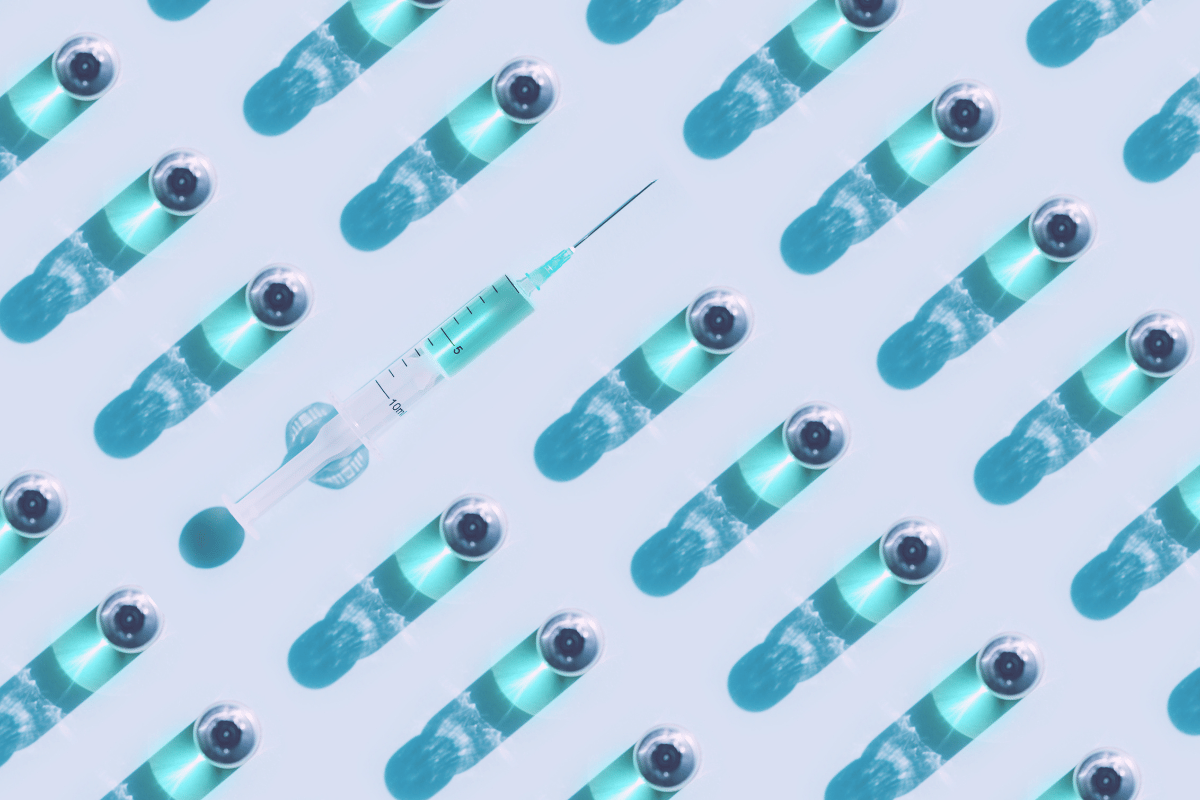
Until recently, procedures involving needles — such as anti-wrinkle injections, fillers and micro-needling — were the only way to nab youthful-looking skin.
And while these kinds of treatments are now almost as common as getting your nails done, it's worth knowing that they aren't the only answer when it comes to minimising fine lines and wrinkles.
Because as the science and technological advancements in the beauty industry continue to grow, the developments in areas such as topical skincare and in-clinic treatments are huge.
Meaning? There are now more options than ever if you're looking at how to navigate ageing skin, without needles.
Watch: Julia Morris, on injectables. Post continues below.
But before we get into it, it's probably worth talking about some changes that happen as your skin ages — and how they come about in the first place.
In an interview with Dr Shammi Theesan for Mamamia's recent Skin Summit, the Melbourne-based dermatologist told us that as our skin ages, "It's remodelling, it's changing. The skeletal aspect of our faces is kind of shrinking down."
"That's why you get concerns such as jowls, because our mandible (where our jawline is) kind of shrinks down. You've got laxity of the skin because you don't produce as much collagen and elastin."